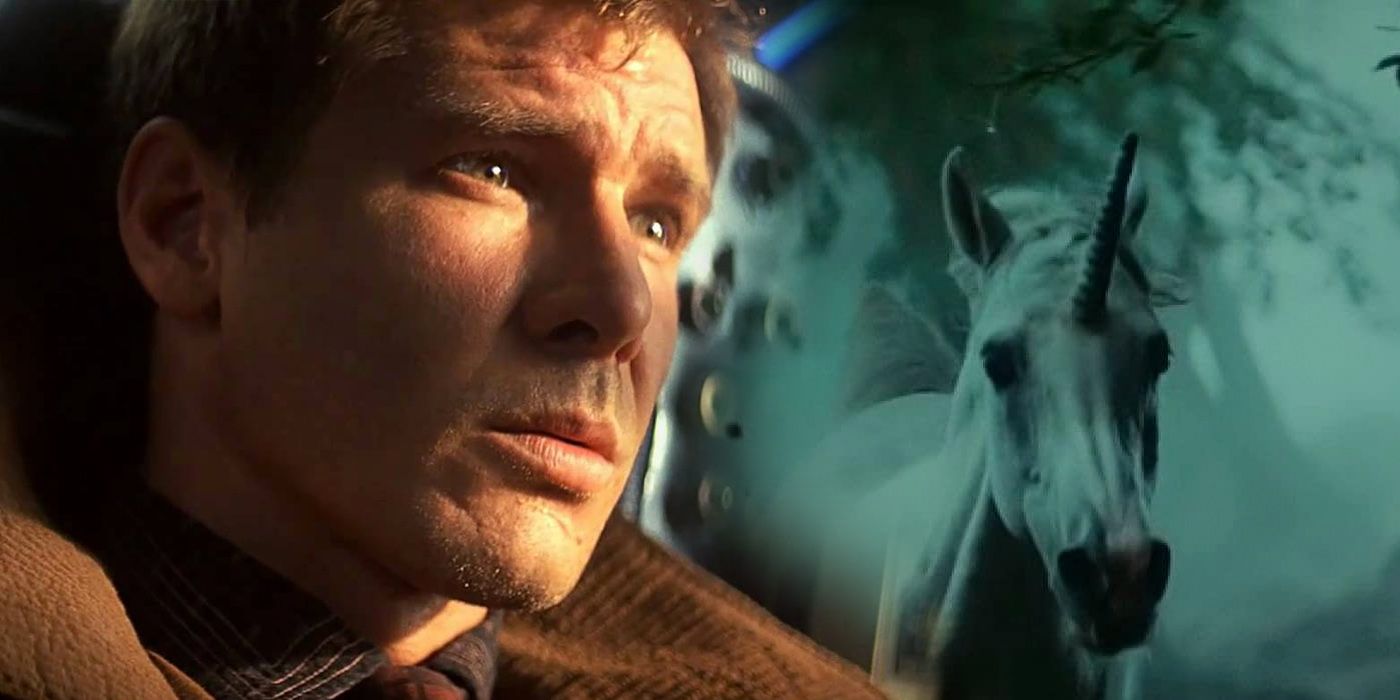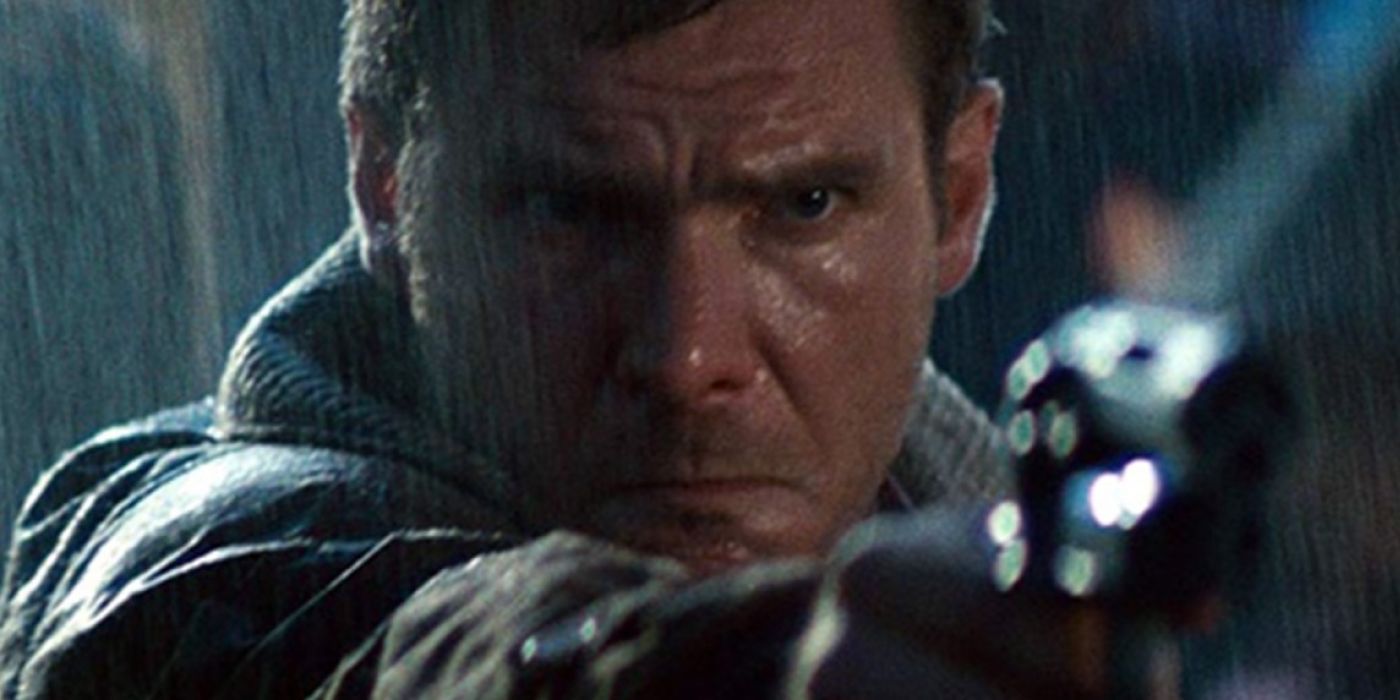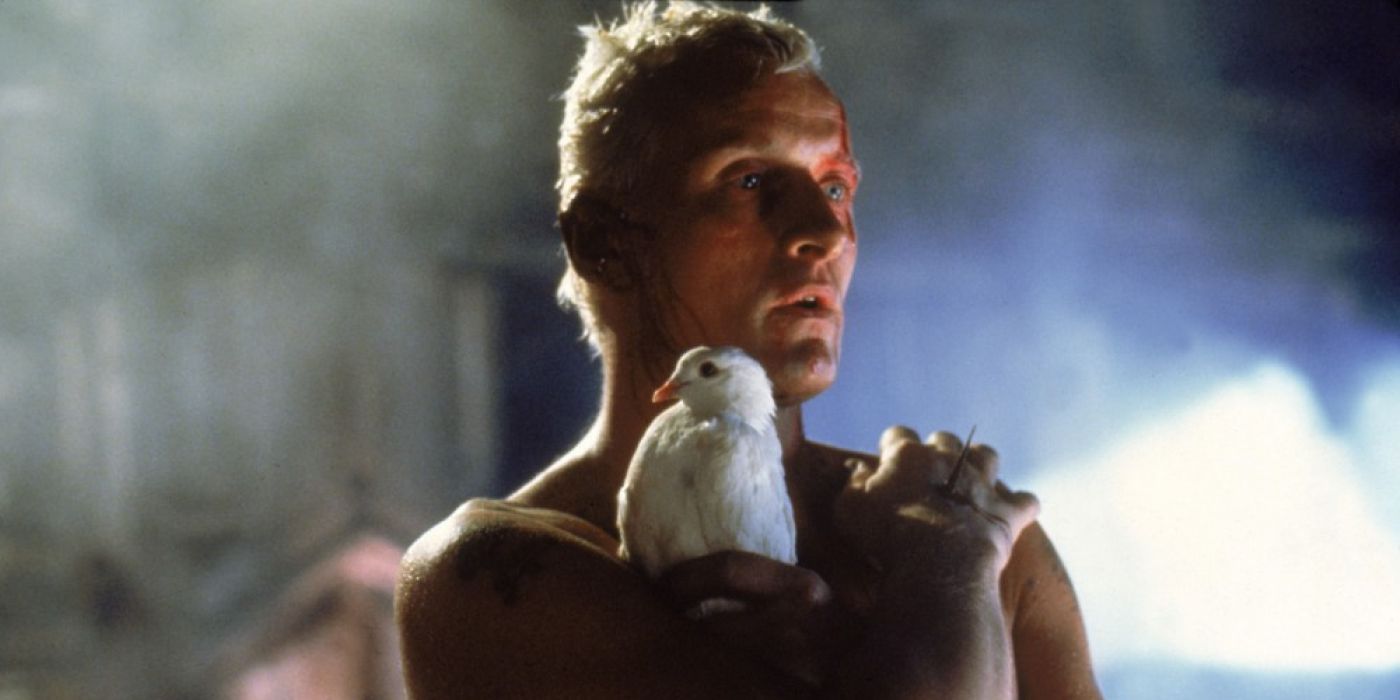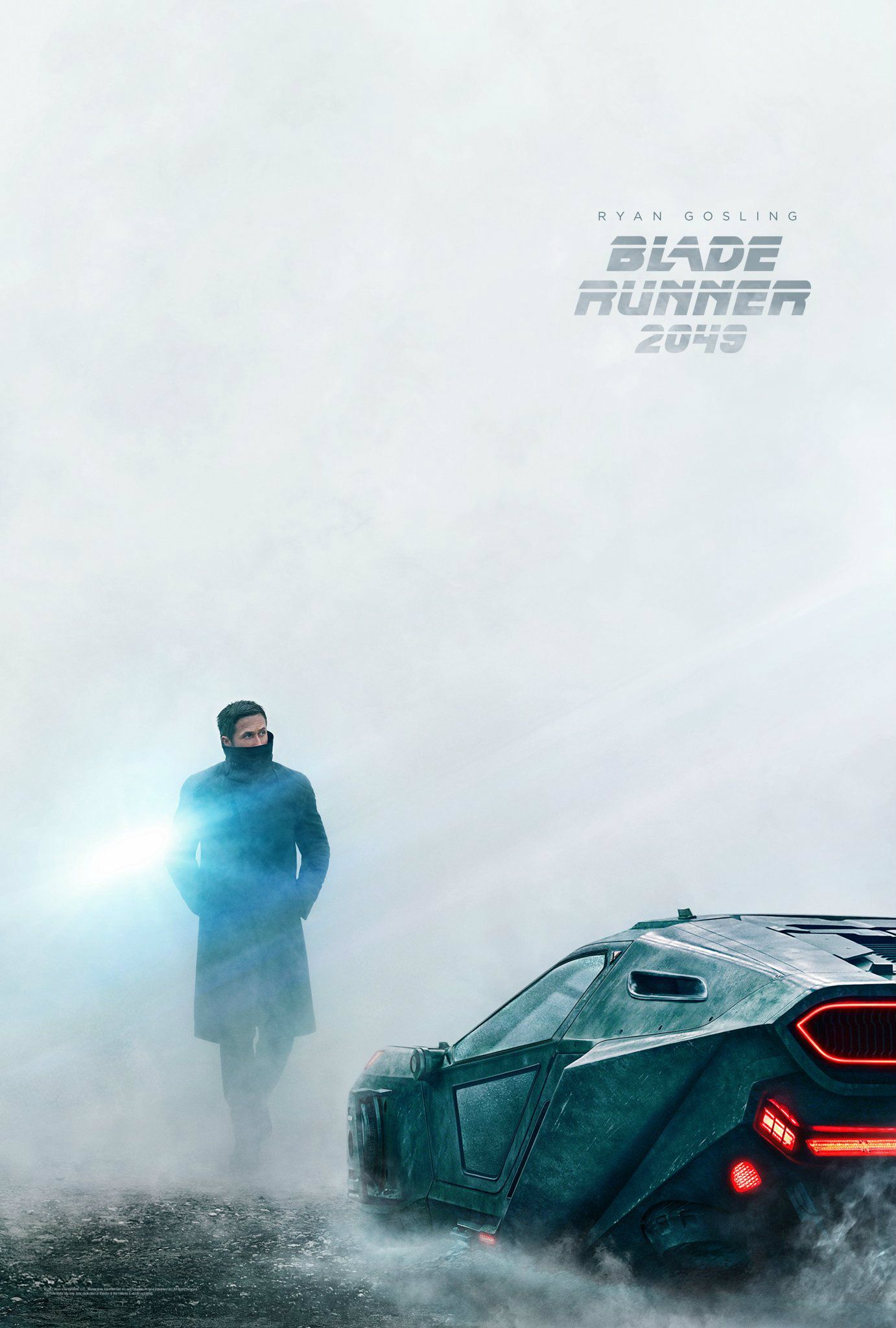Originally released in 1982 and not a box office hit, director Ridley Scott's Blade Runner has not only achieved status as a seminal sci-fi classic, but the film has lived several cinematic lives in the last 35 years. Star Wars is the only other major sci-fi film that has been tinkered with as many times as Blade Runner, but unlike the original cut of what is now known as A New Hope, which Lucasfilm continues to deny its fans, most versions of Blade Runner are readily available to be owned.
"I've seen things you people wouldn't believe..." is how the most famous piece of dialogue in Blade Runner, spoken by Roy Batty (Rutger Hauer), begins. Most people wouldn't believe how many versions there are of Blade Runner. In all, there are 7 primary versions that exist of the film and have been screened over the years: the 1982 workprint prototype cut; the 1982 San Diego sneak preview cut; the 1982 Theatrical cut; the 1982 International Theatrical cut; the 1986 US broadcast cut; the 1992 Director's Cut; and the 2007 Final Cut.
Related: Blade Runner Writer Explains the Movie’s Original Opening
The five versions of Blade Runner prior to the 1992 Director's Cut and the 2007 Final Cut vary in what scenes they contain. The workprint in 1982 was only shown to test audiences in Dallas and Denver; this work-in-progress version lacked the title crawl and opening and closing credits. The San Diego cut is nearly identical to the US Theatrical cut except for three extra scenes that don't exist in any other version. The International cut is slightly longer and more violent than the US Theatrical version. The 1986 version released for broadcast on US television is heavily edited to omit the harsh language and nudity and reduce the violent scenes to meet American network broadcast standards.
However, when it comes to discussing Blade Runner, only three versions 'matter.' Most fans - as well as Ridley Scott and star Harrison Ford themselves - are primarily concerned with the 1982 US Theatrical Cut, the 1992 Director's Cut, and the 2007 Final Cut.
THE THREE MAIN BLADE RUNNER CUTS AND THEIR DIFFERENCES
The US Theatrical Cut released in 1982 is famed for containing a voice-over by the titular Blade Runner of the tale, Rick Deckard (Harrison Ford) and for a studio-mandated 'happy ending' in which Deckard and Rachael (Sean Young), the Replicant he falls in love with, escape Los Angeles to begin new lives in the mountains (which are actually re-purposed helicopter shots from Stanley Kubrick's The Shining). Intended to invoke the hard-boiled detective story Warner Bros. wanted the film modeled after, as well as to provide a more audience-friendly way to follow what was considered a narratively confusing film, the studio added the voice-over narration without the approval of Ridley Scott.
The 1992 Director's Cut is Ridley Scott-approved, though he didn't directly oversee this version as he was shooting Thelma and Louise at the time. Working off his notes and list of changes he desired made, film preservationist Michael Arick created the Director's Cut from a 70mm print of the original. The Director's Cut features the following primary changes from the Theatrical Cut:
- The voice-over narration has been completely excised.
- The unicorn scene. Deckard falls asleep playing the piano and has a dream about a unicorn running through the forest. This is Ridley Scott's proof that Deckard is himself a Replicant, turning Blade Runner from a standard detective story into a question of identity, whereas the previous versions made it clear Deckard was a human.
- The removal of the "happy ending," which creates a more ambiguous ending for the film.
To mark the 25th anniversary of Blade Runner, the Final Cut was released in 2007. 100% supervised by Ridley Scott, the Final Cut is the director's definitive version of the film. The Final Cut is a longer version of the Director's Cut, with many visual effects corrected (such as actress Joanna Cassidy's face digitally mapped into the stunt woman when her Replicant character Zhora is killed by Deckard), scenes from the International cuts as well as additional scenes inserted, and it features the full version of the unicorn scene. The final cut also contains a full restoration of the haunting score by composer Vangelis.
WHICH VERSION IS BEST AND HOW DOES IT AFFECT BLADE RUNNER 2049?
Blade Runner 2049 director Denis Villeneuve was asked at San Diego Comic Con which version of Blade Runner his film is a sequel to. Villeneuve responded saying it was the Final Cut, but at the same time professed his love of the theatrical version he grew up with.
Though Harrison Ford himself says he prefers the Final Cut, Ford and Ridley Scott, meanwhile, continue to debate the true nature of Rick Deckard. The director clearly intended for Deckard to be a Replicant, while Ford maintains he always played the character as human.
As for which side of the debate you fall on, it's largely a question of when and how you discovered the film. Many older fans still prefer the more easily digested US Theatrical version from 1982; the voice-over narration by Ford and the 'happy ending' has its share of nostalgia-fueled defenders. The Director's Cut brought with it a resurgence of interest in Blade Runner for film fanatics, as the revelation that Deckard is a Replicant made fans see the film and the themes it contains in a whole new way. Finally, Ridley Scott's definitive Final Cut seems to end any doubt of what his intentions for his story were.
The Final Cut cements Blade Runner as a challenging and thought-provoking cinematic masterpiece. At the end of the day, it's hard to argue with the director and visionary that the Final Cut is the ultimate version of Blade Runner - even if you're Harrison Ford.




